Trump eyes cuts to top spy agency as he sweeps aside Iran intelligence
Published in Political News
WASHINGTON — President Donald Trump is pressing ahead with plans to slash staff at the top U.S. spy agency, determined to act at a time when he has openly challenged its director and rejected intelligence findings that contradict his public statements.
Trump has openly discussed dismantling the Office of the Director of National Intelligence, including when he nominated Tulsi Gabbard to lead it, according to people familiar with the situation, who asked not to be identified discussing private matters. He’s floated the idea again more recently, they said.
Trump and members of his Cabinet also appear to be pushing Gabbard to the sideline to work with CIA Director John Ratcliffe on intelligence matters instead, other people familiar with the matter said.
The deliberations to cut ODNI were already in motion before Trump rejected Gabbard’s assessment that Iran wasn’t actively seeking a nuclear bomb and then clashed with the intelligence community this week over early findings that suggested his strike on the country’s nuclear sites didn’t fully destroy them.
The White House denied Gabbard is being sidelined.
“President Trump has full confidence in his entire exceptional national security team,” White House spokesman Steven Cheung said. “DNI Gabbard is an important member of the President’s team and her work continues to serve him and this country well.”
Gabbard has already reduced staff by about 25% and has been in discussions for months with Congress to map out deeper cuts, another one of the people said. The former Democratic congresswoman won Senate backing for the job in February in part due to her pledges to slim down the organization.
Many of those existing departures at ODNI were part of Elon Musk’s cost-cutting efforts with staff opting into buyouts, two of the people said. The reduction includes both ODNI officers and detailees who will be returned to their home agencies.
Officials from both parties concede that the ODNI has become too bloated over the years and that the agency often duplicates work carried out by the independent intelligence agencies it oversees. At Gabbard’s confirmation hearing in January, Sen. Tom Cotton, a Republican from Arkansas who leads the intelligence committee, said the agency’s staff are “measured in the thousands, when it should be measured in the dozens, maybe a few hundred.”
On Friday, Cotton introduced legislation that would cap ODNI staff at 650. While exact staffing is classified, that’s a third of the estimated 2,000 people it’s believed to employ now.
“Created after the September 11th attacks, ODNI was intended to be a lean organization to align America’s intelligence resources and authorities, not the overstaffed and bureaucratic behemoth that it is today, where coordinators coordinate with other coordinators,” Cotton said in a statement.
In recent weeks, Trump has said Gabbard and the intelligence community were “wrong” about the assessment that Iran wasn’t seeking a nuclear weapon. She later said she and the president were on the same page, pointing to her previous comments that Iran’s enriched uranium had reached unprecedented levels.
Gabbard also didn’t participate in an administration briefing to lawmakers on the Iran strikes this week, according to Sen. Chris Murphy, a Connecticut Democrat. A senior administration official declined to comment on why she didn’t attend the Iran briefing but said the media was turning the issue into something it wasn’t.
That briefing came about after the White House slammed the leak of a preliminary report from the Defense Intelligence Agency that said strikes on Iran’s nuclear facility may not have been as extensive as Trump claimed. White House press secretary Karoline Leavitt posted on X Tuesday that the intelligence finding of limited impact was “flat-out wrong.”
The confrontation with the intelligence community has echoes of Trump’s first term when his antagonistic comments were largely driven by the agencies’ warnings that Russia meddled in the 2016 election in his favor. He accused the “deep state” of being “weaponized” against him and his allies. In 2018, he sided with Russian President Vladimir Putin over his own agencies’ assessments of Moscow’s election interference.
Gabbard has had her own clashes with the intelligence community and has sought to root out “politicization” by referring intelligence officers for prosecution over alleged leaks of classified information. Two top officials from the National Intelligence Council were reportedly fired in May after the release of a declassified memo that contradicted Trump’s basis for deporting alleged Venezuelan gang members.
“The contentious relationship never went away,” Larry Pfeiffer, a former senior CIA officer now leading the Michael V. Hayden Center at George Mason University, said of Trump. “He just does not fundamentally trust people in the intel community. He thinks they’re out to get him.”
Unlike with the National Security Council — which the White House dramatically shrank overnight in May — Trump could face challenges in unilaterally closing down ODNI which was created by Congress after intelligence failures following the Sept. 11, 2001, terrorist attacks.
Jane Harman, a former Democratic congresswoman from California who helped lead the legislation that established ODNI in 2004, said she would welcome “an intelligent effort” to reform the size of the staff, but warned that being able to coordinate across government was particularly important in the aftermath of Trump’s strikes on Iran.
“We need the biggest lens we could have with different disciplines all working and coordinated together,” she said. “Having a way to connect the dots is still valid.”
©2025 Bloomberg L.P. Visit bloomberg.com. Distributed by Tribune Content Agency, LLC.
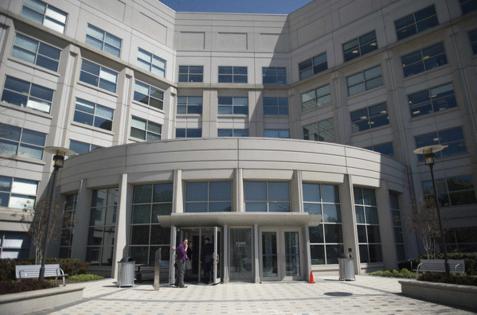

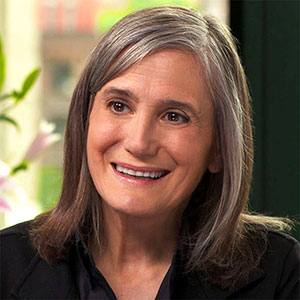
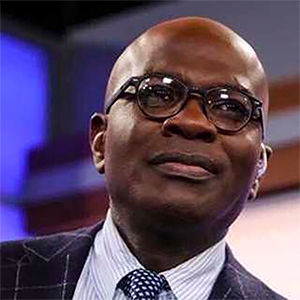


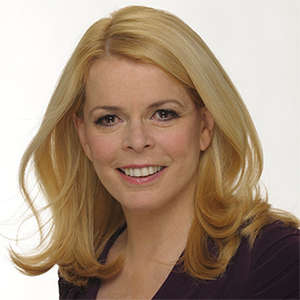
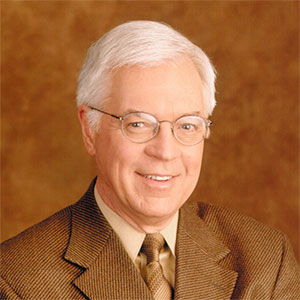
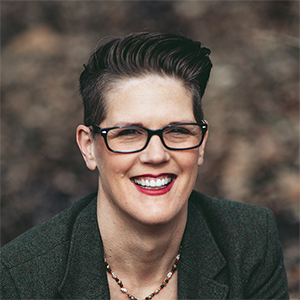


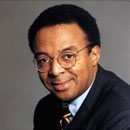






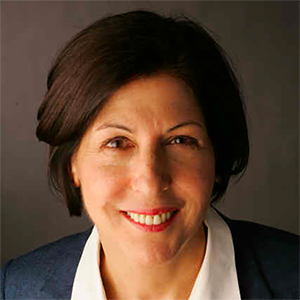




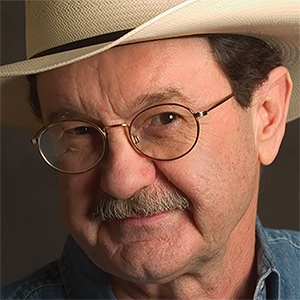



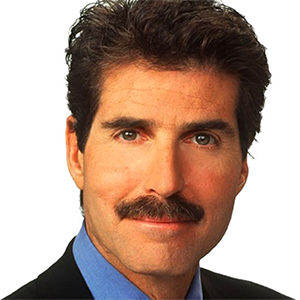
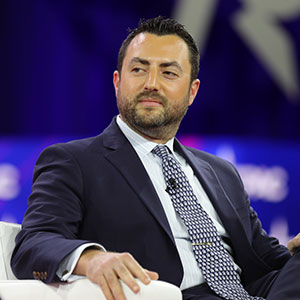
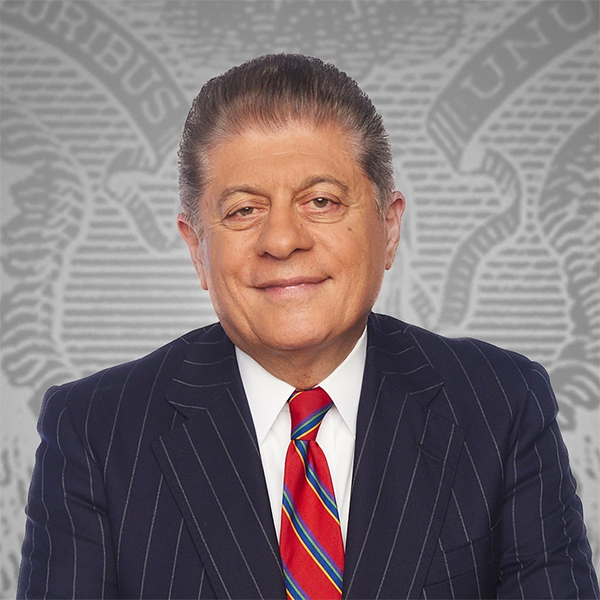










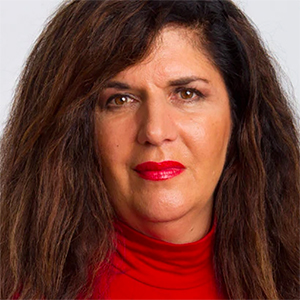




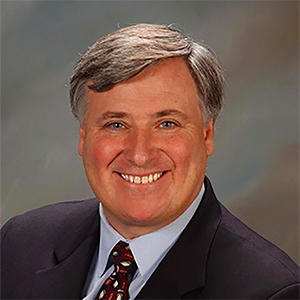

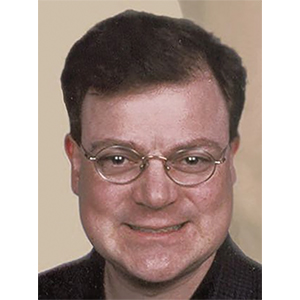






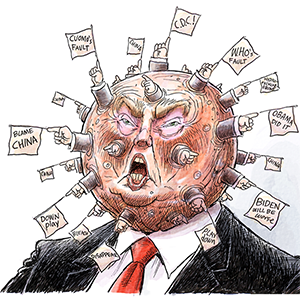
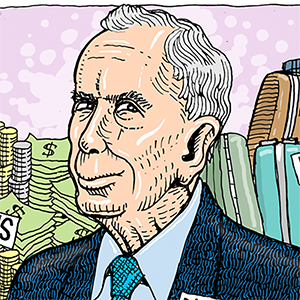

Comments